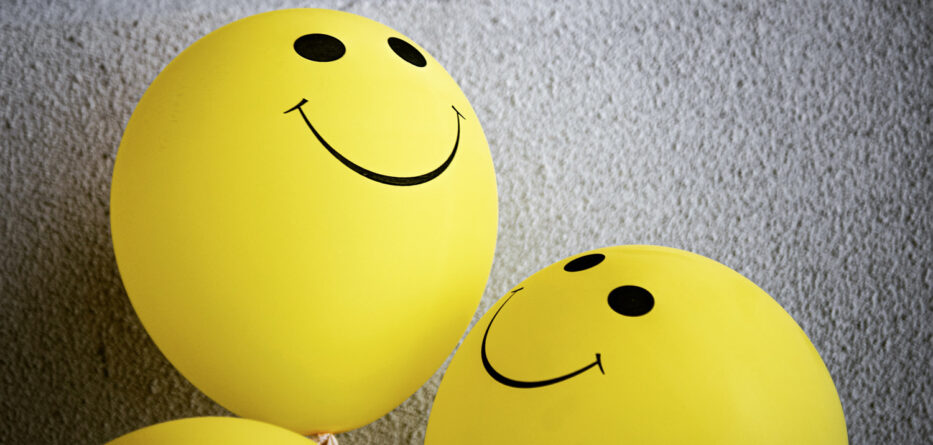Jenny Manrique
Ethnic Media Services
Miami, Fl. – Estephania Plascencia struggled with chronic depression and anxiety from when she was in grade school until her mid-20s when she finally sought help. The anxiety attacks had become so frequent, she hardly left her bed. A friend convinced her to see a therapist and she started learning healthy coping strategies and taking medication.
Today, Plascencia is the Youth Program Coordinator at the Miami-Dade chapter of the National Alliance for Mental Illness (NAMI), a peer based organization of people with lived experience that offers free education classes and support groups for individuals with mental health conditions and their family members.
“NAMI helped me realize I was not alone. They became part of my support network and family…They provided the validation and understanding that allowed me to work with other people in their recovery journeys.”
Plascencia spoke at a virtual news briefing hosted by the NAMI’s Miami-Dade chapter as part of a month-long campaign to raise awareness of the nationwide increase in mental illness among children and youth – declared a national emergency by the American Pediatrics Association. She speaks to packed auditoriums of middle and high school students and has found that sharing her story “is the strongest tool to fight against the stigma” that attaches to mental illness.
Post-pandemic kids are curious, Plascencia said. “Frequently they ask how to find mental help when parents don’t believe them and misread their symptoms as laziness or scold them for missing school or not finding a job.”
Eddy Molin, a psychiatric nurse at the Jackson Health System Miami, says he sees “parents being tough on their kids aiming for their success, but not acknowledging that they are experiencing a crisis.”
Over the last two months, Molin has noticed a rise in admissions among children with anxiety and disruptive behavior. He believes the mass shootings – especially those at school settings – have unsettled kids already struggling with isolation. He encouraged parents to be “compassionate and empathetic, to pay attention to symptoms such as withdrawal, a decline in personal hygiene, longer times in bed and disengagement from life, even with the things they used to love such as playing video games.”
“When you have a support system that is there for you, recovery is attainable,” Molin stressed. “Sometimes it’s important to be on medication, but sometimes that may be tiring, too. Show love. Love is the key.”
Joshua Ho learned this advice the hard way. For 14 years he worked six days a week as a dean of discipline at a middle school in North Miami. He was used to taking care of his immigrant students who faced “tragic incidents” within their families or countries of origin. “I thought I knew what mental health was about,” said Ho, an immigrant from Korea who today is the Program Director for Miami-Dade County Asian American Advisory Board.
But he was oblivious to the fact that his eldest son was struggling. When the son began having stomach aches, headaches, lack of energy and a constant need to sleep, Ho became angry. “As a typical Asian parent, my expectations for my son were very high…Why isn’t he doing what he’s supposed to do?” Ho recalls.
He sent his son to a church youth pastor and made an appointment with an acupuncturist, nothing worked. Finally, his son talked with a counselor and Ho learned he was suffering from mental illness. Now 20, his son is on the path of recovery.
“There is no book about how to be a right parent,” Ho said. “But yelling and screaming doesn’t help. Conversation does.”
For Susan Racher, Board President of NAMI Miami-Dade, “We have to start with education – knowing that you have a right to get help and knowing where to find health.” That’s what inspired NAMI’s monthlong public education campaign that has included public events, workshops, advertising, billboards. “Mental health conditions are more common than any other but unfortunately, care and mental health literacy are elusive in many communities,” she said.
Official data show that one in six youth have current diagnoses of Attention-deficit/hyperactivity disorder, anxiety, behavior problems or depression, but only half received mental health treatment in the prior year.
Beth Jarosz, Acting Director for KidsData at the Population Reference Bureau, noted that the US suicide rate for 15-to-19-year-olds is nearly 60% higher in 2020 than it was in 2007. More worrying, she said, is that in Florida the suicide rate for 10-to-14-year-olds in 2020 is more than triple the rate in 2007. By contrast, rates in California are frozen at about 33% and rates in New York barely changed.
“Even though youth suicide rates are highest for whites and Asian and Pacific Islander Americans, rates for Black youth are rising fast,” she said. “They have doubled in the past two decades.”
Jarosz said that the groups most at risk for mental health disorders are Indigenous youth, youth who face an adverse childhood experience like suicide or substance abuse problems in their family, LGBTQ youth, and youth who experience homelessness or are in the foster care system.
From her path to recovery, Plascencia learned that mental illnesses are treatable and that’s the main message she wants to stress. “There’s help and definitely you don’t have to bear it alone.”






